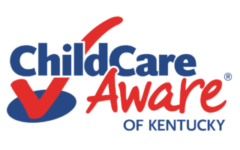922 KAR 2:240 requires that trainings be at least one hour and can then be increased in increments of 15 minutes. As a Credentialed Trainer, it is your responsibility to ensure that hours are accurately reflected when assigning training credit, no matter what delivery format you are using.
This can be especially tricky for asynchronous delivery modes such as web-based on demand or independent study, where trainees complete the content at different times and in different places.
Here are some tips for ensuring your asynchronous training session times are accurate:
- You can come up with an initial estimate of overall timing by adding up estimated time for each part of your training. For example, have time estimates for each knowledge activity (reading, watching videos or otherwise engaging with training materials), and for each skill practice/assessment activity (ex. think spots, quizzes, and application assignments). Make sure there is not a mismatch between the amount of content, and the targeted credit time.
- Before adding a new asynchronous training to ECE-TRIS, you should have several volunteers test the training to time how long it takes them. Have them note beginning and ending times, as well as the length of time spent on quizzes or assignments.
- Use this feedback to finalize the number of clock hours you issue for your session.
- One option to recruit volunteers is to offer a credit on one of your existing training sessions for those who test your new training.
For face-to-face and live webinar trainings, plan additional review or skill practices related to your training topic as “back pocket activities” in case there is extra time at the end of your session.
Providing accurate training times is a licensing requirement and supports transfer of learning and better outcomes for children! Have questions or need assistance? Your regional training coach can help!
